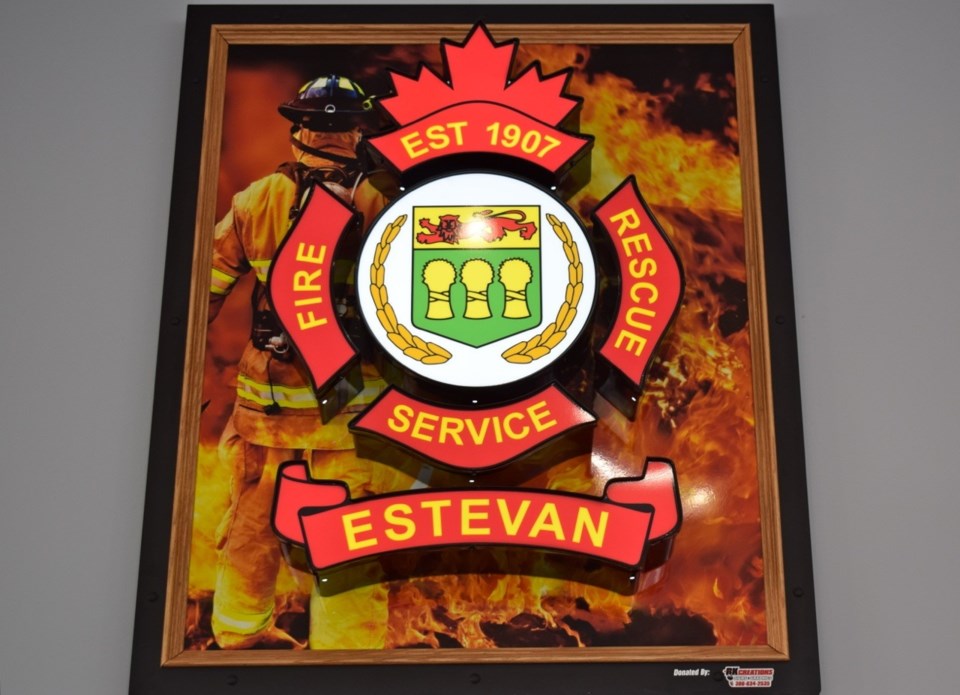Estevan fire crews were called to the northcentral area of the city Tuesday night regarding an electrical hazard.
The call came in at about 10:30 p.m. The report stated that an electrical hazard and smoke were occurring in a house. The family had safely exited the building before the firefighters’ arrival, and nobody was injured.
"When talking with the homeowner, it was found that the toilet had overflowed and directly below the washroom was the furnace room. While they were trying to clean that up, they smelled a little bit of smoke and heard some popping, an electrical popping sound. They went downstairs to investigate and found that electrical arcing was occurring from the furnace, that's when they called 911," said Estevan Fire Chief Dale Feser.
Fire crews entered the building with thermal imaging cameras to assess the situation. At the time there was no more electric arcing occurring, but the appliance was still supplied with power. There was quite a bit of water remaining in the room and on the furnace itself, but firefighters didn't pick up any heat signatures.
"We actually turned the power off to the furnace unit itself to ensure that there is no electrical current going through the appliance and no further hazard," Feser said.
There was no smoke remaining in the building at that time. Firefighters ensured the smoke alarms in the house were working and turned the house over to the owner with advice to contact a plumber and get the furnace properly fixed.
The Estevan area started receiving some moisture early Thursday morning. Even though it wasn't much, Feser said that combined with lower temperatures, it helped drop the fire danger index from extreme to moderate.
"We look forward to a little bit more moisture. We're not worried right now with the crossover conditions. Again, the rule of thumb for crossover conditions is usually temperatures of 30 degrees, where the relative humidity of 30 per cent or lower with wind speed 30 kilometres an hour or higher. So we use the 30/30 rule when we're looking at the danger indexing," Feser said.
Thursday also brought in a special air quality statement. Smoke from Manitoba fires covered southern Saskatchewan. Feser said he can tell it’s from a wildfire by the smoke, but some people could have been alarmed initially.
"People with that predisposed respiratory condition are going to probably want to stay inside and limit activities outside if at all possible. But other than that, that's really the only hazard with something that is drifting in from so far away," Feser said.



